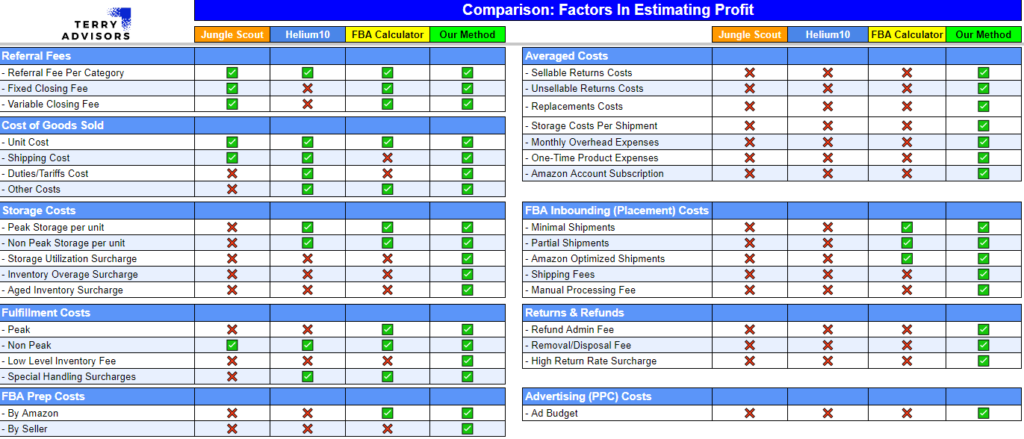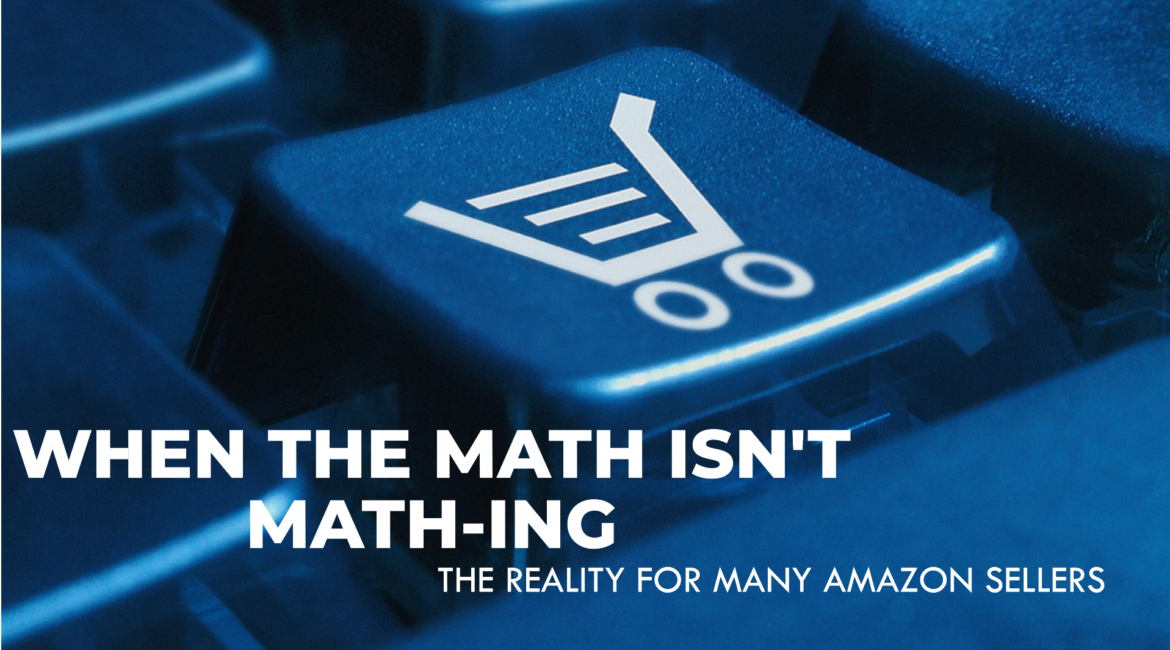Whether you’re an Amazon seller or not, you’ve probably heard the stories. The rags-to-riches tales of entrepreneurs who turned a small idea into a thriving business on the platform.
But what about the flip side? The countless sellers who find themselves struggling to make a profit, or worse, losing money?
Well, I have encountered sellers like this throughout my career. While each of their businesses struggled for different reasons, they all had one thing in common.
They never saw it coming.
The Hidden Truth
One of the most frustrating aspects of this situation is that many sellers don’t realize they’re unprofitable until it’s too obvious to ignore. By that, I mean they’re quickly running out of money (or overdrafts are piling up) and they have no idea why.
In most scenarios, the potential solutions aren’t easy, fast or inexpensive. Whether it’s cutting products, figuring out the issue and working to fix it, or continuing as usual, there are significant costs involved.
Why Is This Happening?
Now that I’ve shared my take on what’s happening, let’s talk about why.
From my experience, I believe there’s enough blame to go around. Sure, Amazon plays a big role in it but that doesn’t mean they’re completely to blame. Let’s break it down.
The Amazon Ecosystem
- Complex Fees: Amazon’s fee structure is notoriously complex. Even if you only sell one product, the fees aren’t calculated the same way. You have to factor the sales price, size, weight, unit quantity, category, product type, etc. The list goes on and on. Keeping track of these fees can be a full-time job.
- Tool Limitations: Many tools used by sellers to find profitable products or estimate the profitability of their current products are unable to accurately calculate total costs, leaving a significant gap between estimations and reality.
- Delayed Payouts: The bi-weekly payout schedule can make it difficult for sellers to audit their expenses, especially those with high sales volumes.
- Frequent Changes: Amazon’s fees are subject to change, making it challenging for sellers to accurately estimate their costs.
The Impact of Convenience & Misconceptions For Sellers
- Heavy Reliance on Automation & Tools: If some of the most popular tools weren’t available tomorrow, many sellers would be left in shambles without a clue of how they would manage their business. To make matters worse, many of the tools provide inaccurate estimations. While some understand that their tools are somewhat inaccurate, most of them create arbitrary “buffers” to account for errors and other miscellaneous expenses rather than going through the exercise of figuring out the actual costs.
- “Out of sight & out of mind”: Nothing is an issue until it’s an issue, right? Due to most Amazon fees being deducted from the account balance instead of being charged to a seller’s card, few take the time to look through the detailed reports or implement a reliable tool that will help them monitor their finances more closely. There are some tools that help break down the fees after you’ve been charged, but catching it afterwards doesn’t recover what was already lost.
- Blindly Accepting the Unknown: Sellers make countless decisions every day. However, few seek to understand the things they don’t understand well before proceeding. When a new fee is introduced, many fail to realize how much a fee will impact their business and margins.
- Tunnel Vision: We hear it all the time. “How do I find a profitable product?” Well, that’s certainly a part of it, but far from the full picture. Selling a modestly profitable product doesn’t always mean you’ll have a profitable business. Factors like overhead costs, marketing expenses, and inventory management are crucial to consider.
- Silence: I find it surprising how few experts and thought-leaders are willing to discuss the realities of Amazon selling. The focus is mostly on anomalies and solutions for a very unique circumstance, but rarely on the reality for most sellers. Sure, everyone loves a good inspirational story but we also have to be mindful that these results aren’t typical and we only have a glimpse of what actually made it all work.
What Can Be Done?
The old saying, “Knowledge is power.” is pretty cliche but completely accurate. If you don’t know what to look for, you won’t know if anything is missing. Sure, none of us really want to take the time to look into and keep up with all of Amazon’s fees. However, that doesn’t mean we don’t have to deal with the impacts.
The question we should ask ourselves is, “If I don’t do it, then who is doing it for my business?”
If you don’t know, that’s an issue. If your business isn’t able to support having someone with this on their priority list, let me be the first to congratulate you on your new promotion!
Don’t worry, I won’t leave you hanging if you’re wondering where to start. However, I also can’t turn this post into a book.
For today, I’ll post an image below that outlines many of Amazon’s fees, including a side-by-side comparison of the most popular profitability calculators so you’ll know what they are (and are not) factoring into the profitability estimations.

If you’re wondering to yourself, “Does it make that big of a difference?” here’s an example so you can make that determination for yourself.

I hope this gives you a good starting point until I’m able to dive into the details at a later date.
Need personalized help from a certified Amazon expert?
Our “Unfair Advantage Program” gives Amazon sellers a truly unfair advantage with direct access to an experienced seller that’s ready to help them make more profits!
Check it out today before all seats are filled!

